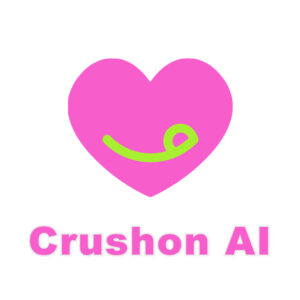The Good, The Bad, and The Ugly

The Good, The Bad, and The Ugly of AI: A Personal Perspective
A Trip Down Memory Lane with Westerns
For those familiar with classic movies, "The Good, The Bad, and The Ugly" is a title that may ring a bell. Released in 1966, this film is a hallmark of the Spaghetti Western genre, which found its roots in Italy and Spain. Back then, my father, an avid fan of Westerns, would often take my brother and me to the drive-in theater to catch new films. Though my enthusiasm didn’t quite match his, I remember snippets of the film and laughing with my brother as teenagers often do.
The film featured notable actors including Clint Eastwood, Eli Wallach, and Lee Van Cleef. My brother and I spent part of the time debating who fit which role—the good, the bad, or as we determined, the ugly. It would be worthwhile to give this classic another watch!
Diving into Artificial Intelligence
In recent years, I’ve been exploring the world of artificial intelligence (AI) and sharing my thoughts on it. While I recognize the fantastic capabilities of AI, I also see some concerning aspects. Specifically, I’ve noticed how some algorithm-generated information can muddy our understanding of history. For example, AI-generated images of classic cars often misidentify them, which lands these kinds of mistakes in my "ugly" category.
The Dual Nature of AI
It’s important to understand the dual nature of AI:
The Good: AI has useful applications, such as efficient data processing, predictive analytics, and even enhancing creativity in various industries.
The Bad: Some AI outputs can be misleading or incorrect, contributing to misinformation, particularly noticeable on platforms like Facebook.
- The Ugly: Inaccurate representations of historical or cultural elements, like misidentified classic cars, raise concerns about authenticity and reliability.
Personal Reflections on AI
Despite my reservations, I’ve had positive experiences with AI. In May 2024, I shared a supportive article about AI’s responsiveness to questions. Recently, while chatting with my daughter, Jessica, we decided to look up my name using an AI application called ChatGPT. To my surprise, it crafted quite a flattering description of me. It mentioned my background as "the Studebaker Dude," a connection to classic cars, and my writing contributions to the community.
Here’s a brief outline of how the AI described me:
- Identity: Jon Stalnaker, known as "the Studebaker Dude."
- Community Engagement: Active writer and storyteller in Sapulpa, Oklahoma.
- Background: Originally from Dixon, California, I relocated in 2021 to be closer to family.
- Writing Focus: Columns that reflect personal experiences and local culture.
AI’s Impact on Reputation
Upon hearing the AI’s take on my contributions, I was taken aback, even blushing at its portrayal of me as a "beloved figure" in my community. While it’s nice to hear, I can’t help but feel skeptical about the accuracy of such claims. What if the information had been less flattering or contained inaccuracies? These thoughts highlight the pressing issue of how information generated by AI can affect personal reputations.
Navigating the AI Landscape
As I ponder this, I am also aware of the need to be cautious. The potential for misinformation is alarming, and while I appreciate the compliments, I remain wary of the broader implications of AI-generated content. The AI’s description of me has prompted me to reflect on the balance between enjoying the benefits of technology and being mindful of its shortcomings.
While I can choose to revel in the positive feedback, I am also reminded of the need to stay grounded and aware of the complexities that come with today’s technology. AI can create fascinating narratives, but it is essential to approach them with a discerning eye.





